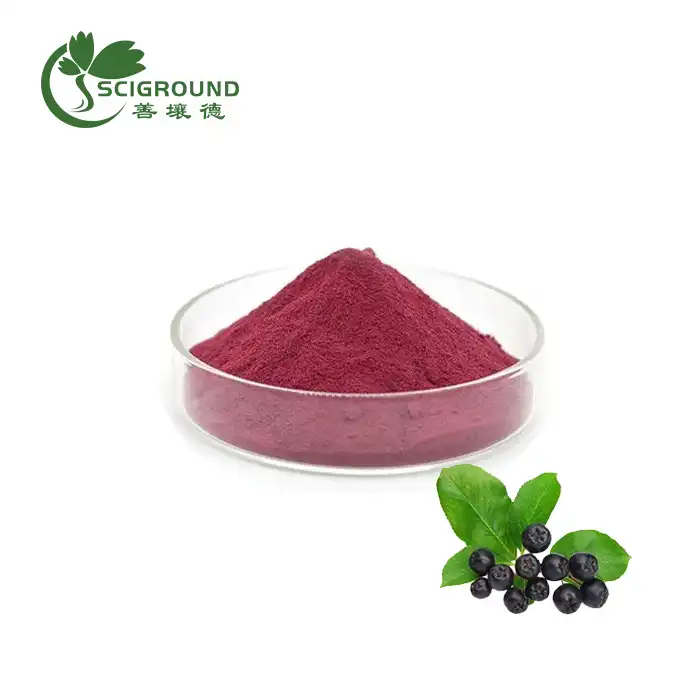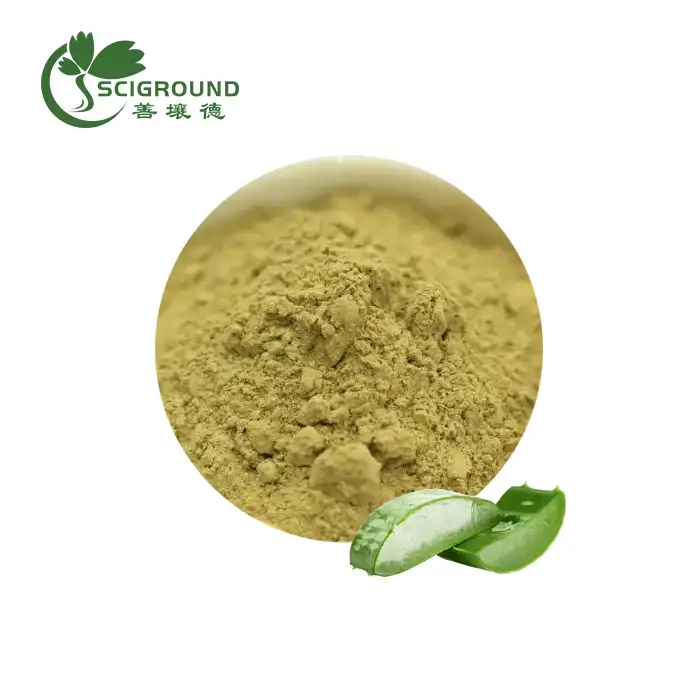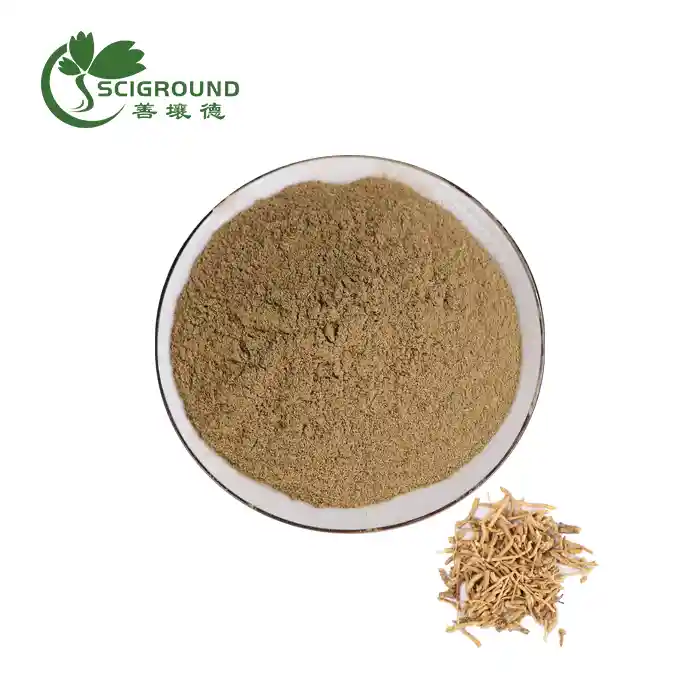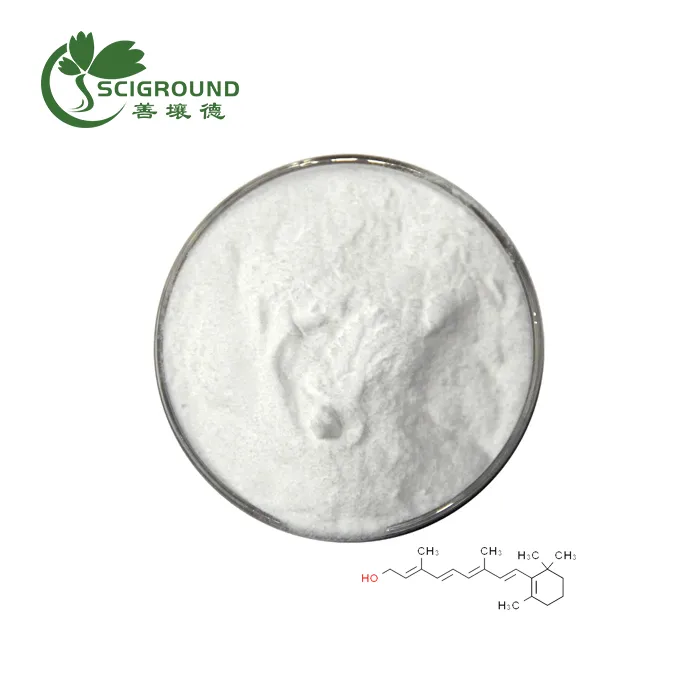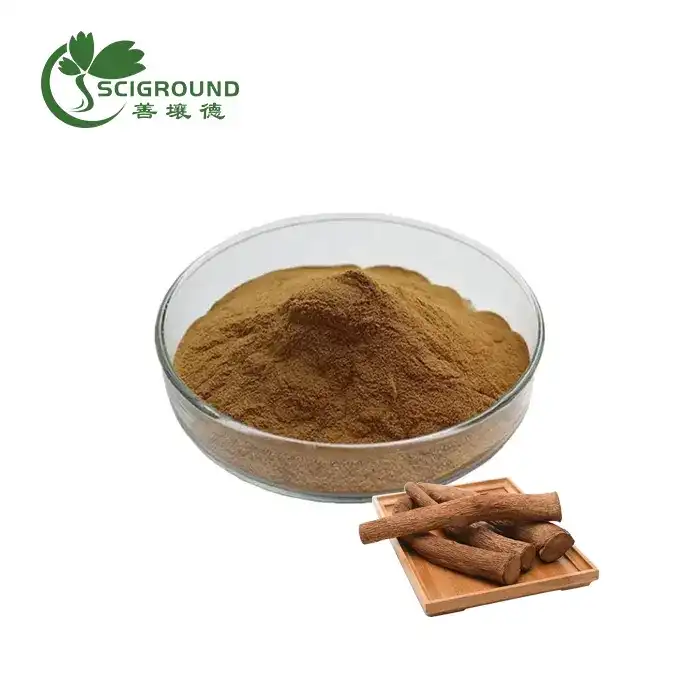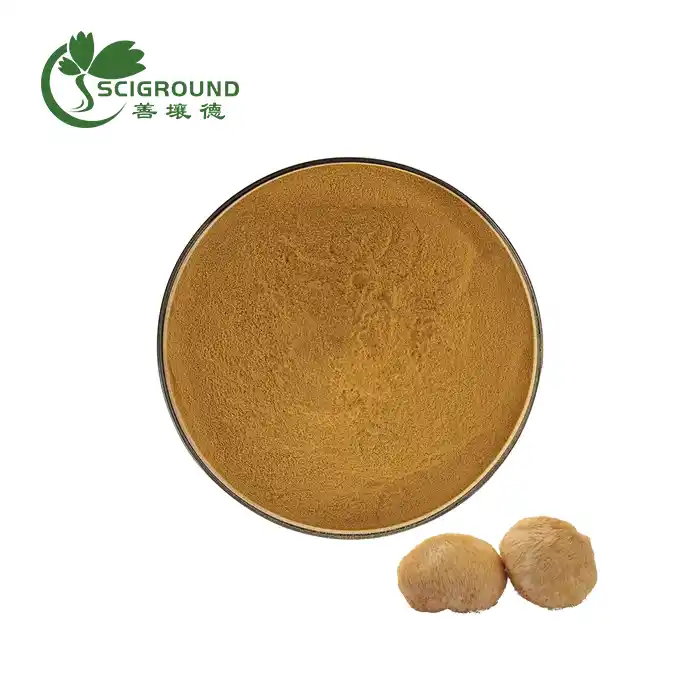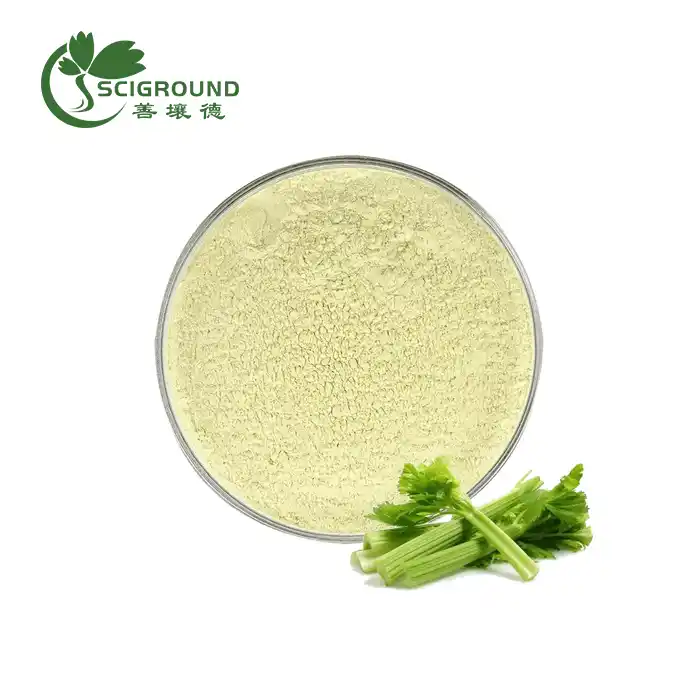Where does inulin come from
Inulin is a type of dietary fiber that is found naturally in certain plants. It is considered a fructan, which means it is composed of fructose molecules chained together.
Inulin is a stiff substance set up in a wide variety of fruits, vegetables, and sauces, including wheat, onions, bananas, leeks, artichokes, and asparagus. The inulin that's used in supplements most generally comes from soaking chicory roots in hot water.
Bulk inulin has become popular in recent years as a prebiotic supplement due to its beneficial effects on gut bacteria and overall health. But where exactly does inulin come from?
How is inulin derived from?
Inulin is derived from various plant sources, most commonly chicory root. Inulin is found in over 36,000 plants worldwide, including leeks, onions, garlic, asparagus, wheat, bananas, and chicory roots. However, chicory root contains the highest concentration, around 20% inulin by weight.
Inulin is stored in the roots, stems, and leaves of these plants as an energy reserve. It is synthesized from sucrose by the enzyme inulin synthase. Plants produce inulin molecules of varying chain lengths depending on plant species. Chicory inulin contains longer chains, upwards of 60 fructose units. Shorter-chain inulins are found in plants like onions and leeks.
To extract and purify inulin from plants, the roots or tubers are first washed, sliced, and immersed in hot water. This draws out the inulin, which is then purified via filtration, precipitation, and spray drying. The final product is a white powder composed of chicory inulin that contains a high concentration of the dietary fiber.
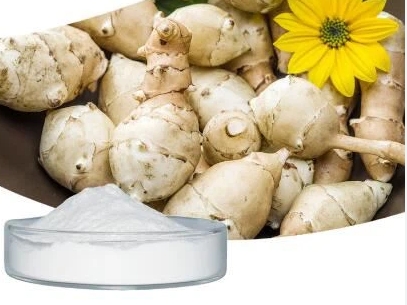
How is inulin made?
In addition to being extracted from plants, wholesale inulin can also be produced synthetically for commercial use. This process allows manufacturers to control the molecular weight and chain length of the inulin molecules.
The industrial production of inulin starts with sucrose derived from plants like sugar beets or sugarcane. The sucrose is broken down into fructose and glucose molecules using enzymes. These simple sugars are then chained together enzymatically to form inulin polymer chains, also known as fructans.
By controlling the enzyme reaction, manufacturers can produce inulin fructans of specific chain lengths, ranging from 2 to over 60 fructose units. Short-chain inulin is sweeter and more soluble while long-chain inulin has more prebiotic fiber benefits. Synthetic inulin can be made into a powder or concentrated liquid.
The ability to finely control the molecular structure of inulin during industrial production allows food and supplement companies to tailor inulin for specific uses in their products.
Is inulin natural?
Whether inulin is considered natural or not depends on its source. Inulin extracted and purified directly from plant materials like chicory root is viewed as a natural dietary fiber. The FDA recognizes inulin derived from natural plant sources as GRAS (generally recognized as safe).
On the other hand, industrially synthesized bulk inulin powder made from enzyme-treated sucrose does not occur naturally in plants. It requires human manipulation to produce. Therefore, some argue that this manufacturing process makes the end product less natural than plant-derived inulin.
However, even synthetic inulin starts from natural ingredients like sucrose. It is molecularly identical to the inulin found in plants. So while the production method differs, the final inulin molecules themselves are functionally the same as natural inulin.
This has led some health authorities, like those in the EU, to consider both plant-derived and synthetic inulin as natural substances. But the debate over what constitutes a natural ingredient continues.

What are the best natural sources of inulin?
The best natural sources of inulin are plants that contain higher concentrations in their roots or tubers. Some examples include:
Chicory root: Contains up to 20% inulin by weight. Chicory is considered the richest source and is commonly used for inulin extraction.
Jerusalem artichoke: Contains 10-20% inulin in the tubers. Often used as a vegetable but can also extract inulin.
Dahlia tubers: Up to 18% inulin content. A flowering plant related to chicory and used for inulin extraction.
Dandelion root: Up to 40% organic inulin powder bulk by weight when dried. Dandelion is an edible plant often used as an herbal supplement.
Burdock root: Contains 10-15% inulin. Another edible root vegetable that double as an inulin source.
Chicory greens: Around 3-10% inulin in the leaves and stems. Can provide inulin when eaten as a vegetable.
Leeks: Contain 2-10% inulin, concentrated mostly in the bulb. Common vegetable worldwide.
Asparagus: Estimated 2-3% inulin content, found throughout the plant.
Eating these inulin-rich foods regularly can provide prebiotic fiber benefits. But inulin supplements use high-purity extracts from roots like chicory for maximum inulin content.
What is the chemical structure of inulin?
Structurally, inulin consists of linear chains of fructose molecules connected by beta 2-1 glycosidic bonds. Each inulin chain contains one terminal glucose molecule attached to the fructose chain, known as a kestose.
The number of fructose units (also called degree of polymerization) can range from 2 to 60, with an average of 10 to 12. Longer chain inulins have higher molecular weights. For example, a chain length of 60 fructoses would have a molecular weight around 5,000 Da.
The beta configuration of the glycosidic bonds and linear, unbranched structure allow inulin to form microcrystalline aggregates. This influences its solubility properties. Inulin is soluble in hot water but insoluble in cold water.
The chain length also affects functional properties like viscosity. Long-chain inulins form more viscous solutions. In food products, shorter-chain inulins are used to provide sugars for mouthfeel while longer chains provide more fiber.
What foods contain inulin?
Inulin is found naturally in a wide variety of fruits, vegetables, and herbs. Some of the top dietary sources of inulin include:
Chicory root
Jerusalem artichoke
Dandelion greens
Onions
Garlic
Leeks
Asparagus
Bananas
Wheat
Oats
Barley
Rye
Apples
Chicory leaves
Dahlia tubers
Burdock root
Elecampane root
People with an intolerance to inulin should consider limiting or avoiding high-inulin foods. Symptoms of intolerance can include gas, bloating, and digestive issues. Those with inulin intolerance may want to limit foods like:
Chicory root and leaves
Jerusalem artichoke
Onions and leeks
Asparagus
Garlic
Wheat products
Inulin supplements
Some people use medications like Beano or activated charcoal to aid digestion of bulk organic inulin powder-rich foods. Gradually increasing fiber intake allows the body to develop tolerance. Consult a doctor for managing inulin intolerance.
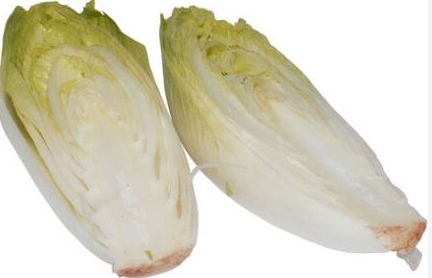
Where is inulin produced?
The top global producers of inulin are located in places where the raw materials like chicory and sugar beets are abundantly grown:
France
Germany
Belgium
Netherlands
Japan
France leads worldwide inulin production, responsible for over 70% of the total market share. Major French manufacturers like Cosucra Group, Sensus B.V., and Cargill Inc have inulin processing facilities in France near the chicory farms.
Other top European inulin producers include Beneo and Südzucker/BENEO in Germany and Belgium-based Cosucra Group. These multinational food ingredient companies have expanded into North America as demand grows.
The availability of chicory root, favorable climate, and technological expertise contribute to Europe's dominance in inulin production for global markets.
What is inulin produced by?
Inulin is produced naturally by a range of organisms aside from flowering plants. Some examples of inulin-producing species include:
Bacteria: Many bacteria in the guts of humans and animals can synthesize inulin molecules. These include beneficial bifidobacteria and lactobacilli strains. Their inulin production may contribute to prebiotic effects.
Fungi: Some fungi and yeasts produce fructan molecules similar to inulin as storage carbohydrates. These include Aspergillus and Penicillium fungi.
Algae: Certain green microalgae like Stigeoclonium can produce inulin-like fructans while others make similar sulfated polysaccharides.
Lichens: Lichen species Cladonia contain polysaccharides called lichenins that have inulin-type structures.
While the inulin from these organisms differs slightly from plant inulin, it demonstrates the broad natural occurrence and utility of inulin across taxa. Further research may reveal innovative bio-based inulin production methods using microbes or algae.
References:
Kclippinger, A. J., Wade, A. G., & Low, R. K. (2018). A randomized, double-blind, placebo-controlled evaluation of the safety of chicory root extract in healthy volunteers with history of excessive gas consumption. Nutrients, 10(10), 1536. https://doi.org/10.3390/nu10101536
Lopez-Sanz, S., Saenz-Navajas, M. P., Campana-Martin, L., Echavarri, J. F., & Ferreira, V. (2021). Chemical structure and physical properties of fructans from grape (Vitis vinifera L.): A comparative study of oligo- and polysaccharides from apple and chicory. Journal of Food Science, 86(10), 4565–4577. https://doi.org/10.1111/1750-3841.15883
Shoaib, M., Shehzad, A., Omar, M., Rakha, A., Raza, H., Sharif, H. R., Shakeel, A., Ansari, A., & Niazi, S. (2016). Inulin: Properties, health benefits and food applications. Carbohydrate polymers, 147, 444–454. https://doi.org/10.1016/j.carbpol.2016.04.020
ABOUT AUTHOR

Celine Xu is a botanist with over 15 years of experience researching and developing plant extracts for nutritional and pharmaceutical applications. She leads an R&D team focused on identification, cultivation and extraction of medicinal plants. Celine Xu earned a Ph.D. in Plant Biology has authored numerous articles in peer-reviewed journals about the health benefits of specific phytochemicals. She frequently speaks at industry conferences about new developments in plant extract research. Celine Xu is dedicated to advancing the scientific understanding of how targeted plant compounds can be used to improve human health.
Related Industry Knowledge
- What is Olive Leaf Extract?
- Is horseradish powder hot?
- How to Make Apple Extract
- Does berberine have caffeine
- L serine foods
- What is dihydromyricetin
- Gynostemma Pentaphyllum Saponin: A Natural Remedy for Optimal Health
- Niacinamide B3 Powder: Benefits and Considerations
- Understanding L-Valine Powder for Muscle Growth
- Is Persimmon Extract Powder the Key to Unlocking Health Benefits and Uses?
